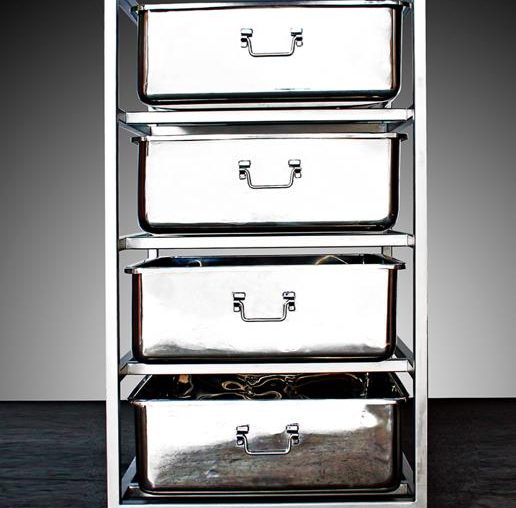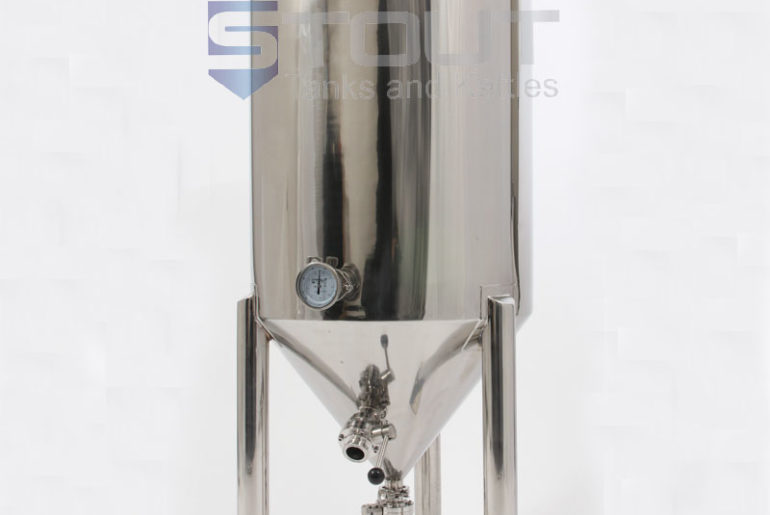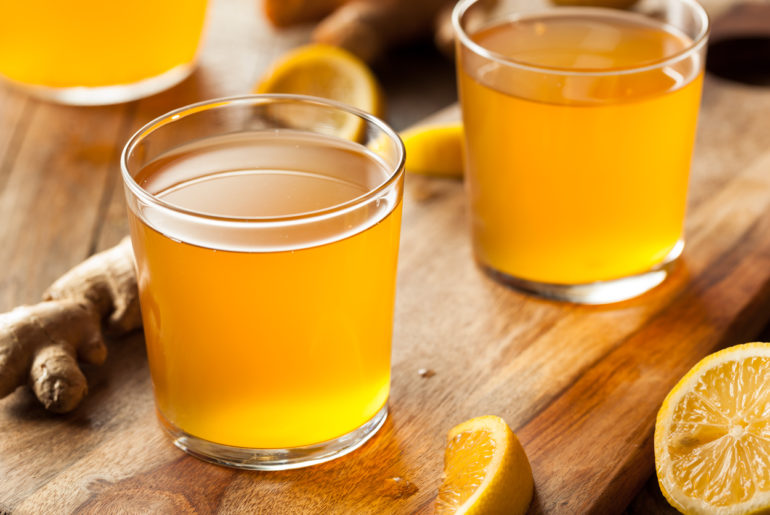Kombucha brewers have long struggled to keep the alcohol content of their kombucha low. Federal law is clear. If your kombucha EVER exceeds 0.5% Alcohol By Volume (“ABV”), at any point in the production process, you must comply with all Alcohol and Tobacco Tax and Trade Bureau (“TTB”) regulations regarding alcoholic beverages. Compliance can be costly and difficult. You must register with the TTB, get all of your recipes and labels approved, pay all applicable state and federal taxes, and comply with the rules about how your product can be stored, distributed and sold. The only way you can avoid the taxes and regulations is to make sure the ABV is ALWAYS below 0.5%. Most Kombucha brewers want to provide low alcohol products, not only to comply with state and federal law, but also provide pure and healthy kombucha for their customers, who include children, the sick, and the healing. We all want our customers to trust and enjoy our products every time.
For much of the past year, Stout Tanks and Kettles has been working with Bare Bucha, a small Kombucha brewery in Waco Texas that takes seriously the ABV challenge. Toby Tull and David Aycock, the owners of Bare Bucha, conducted over 800 tests of different batches in prototype fermenting vessels manufactured by Stout Tanks in order to figure out how to best produce legal, low-alcohol Kombucha. We were proud to take the stage at Kombucha Kon 2019 in Long Beach California, to share the results with the entire Kombucha community, and introduce our new kombucha brewing vessel The Symbiosis Fermenter, which makes it easier and faster to brew great Kombucha, and comply with all laws.
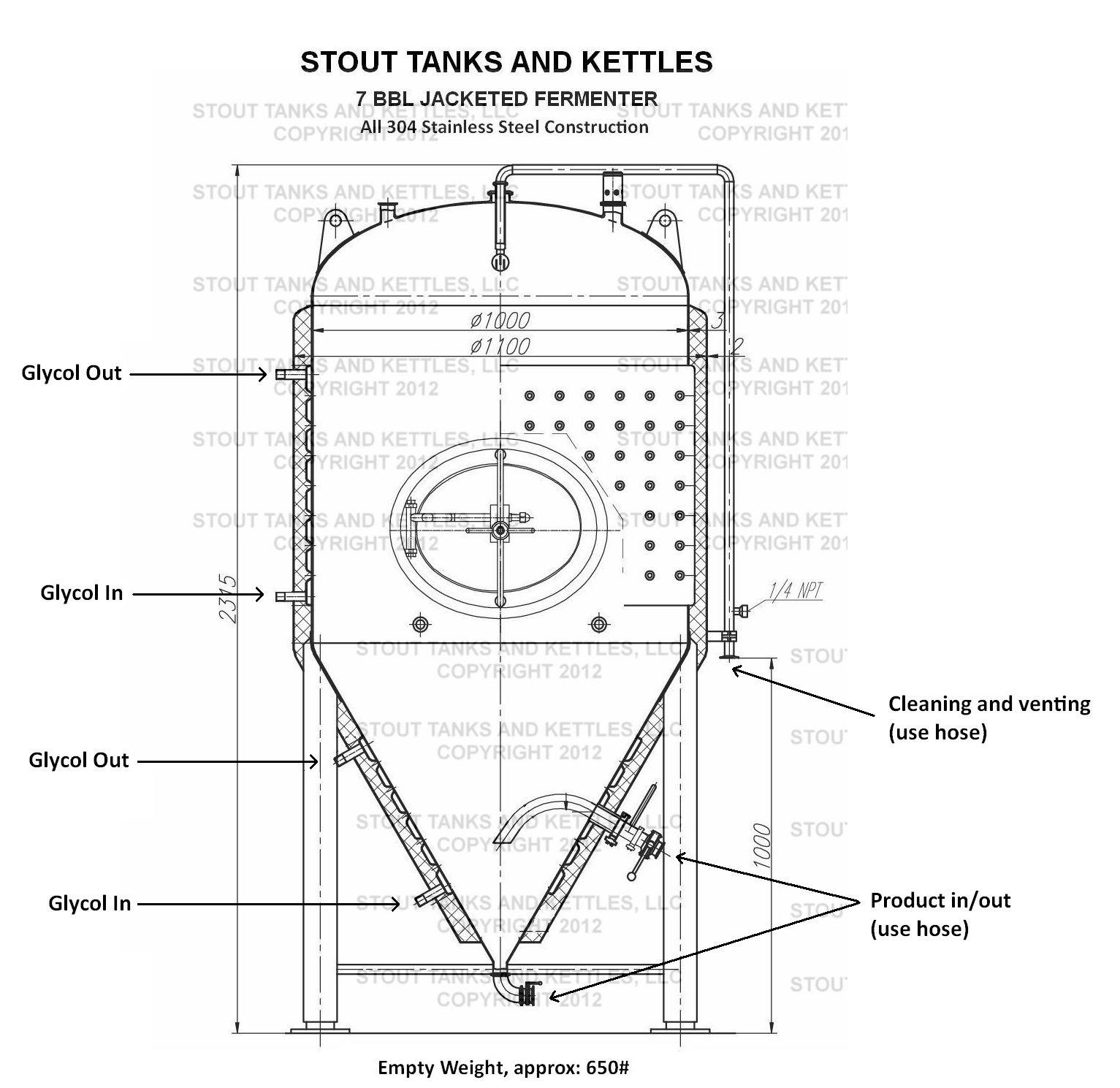
Innovating the Symbiosis Fermenter required a return to the fundamentals of fermentation. Kombucha is fermented with a SCOBY, or a Symbiotic Culture of Bacteria and Yeast. Kombucha uses both yeast and bacteria to ferment the beverage. Yeast consume sugars, and in the process create alcohol and carbon dioxide. The bacteria consume alcohol, and in the process, create organic acids, including acetic acid, lactic acid, and gluconic acid. David and Toby realized early on that creating a balanced symbiosis of bacteria and yeast was the key to using nature to keep alcohol levels under the legal limit, and still provide healthy and flavorful kombucha, with all its pro-biotic health benefits. In order to get the symbiosis of bacteria and yeast right, we had to look at the environments we build for fermentation.
First we looked to beer fermentation. Stout Tanks and Kettles conical fermenters are designed to be the ideal environment for just two species of yeasts: Saccharmyces Cervisiae and Sacharmyces Carlsbergensis. Cervisiae (Latin for “beer”) is an ale yeast, which is top fermenting. It prefers to live at the top of the conical fermenter, and performs best between 55 and 70 degrees Fahrenheit. Carlsbergensis is a lager yeast, which is bottom fermenting. It prefers to live at the bottom of a conical fermenter, and performs best between 48 and 55 degrees Farhenheit. Carlsbergensis is named after the Carlsberg Brewery in Copenhagen Denmark, which brews one of the world’s most popular lagers, and which first isolated and identified the lager yeast strain in the early 20th century.
Stout Tanks conical fermenters have several specific design traits to favor these two strains of yeast, and to be absolutely hostile to all bacteria. First, we create a width: volume ratio that makes the tanks perfect for glycol chilling. We use glycol to cool the fermenters to the perfect temperature for either ale or lager yeasts. Second, we create a height: width ratio that allows either yeast to ferment the sugars in the entire tank, whether they are top fermenting or bottom fermenting. Third, we fully enclose the fermenter to eliminate all oxygen. Beyond a quick initial burst of oxygen at the beginning of fermentation. Beer yeasts do not need oxygen to ferment. 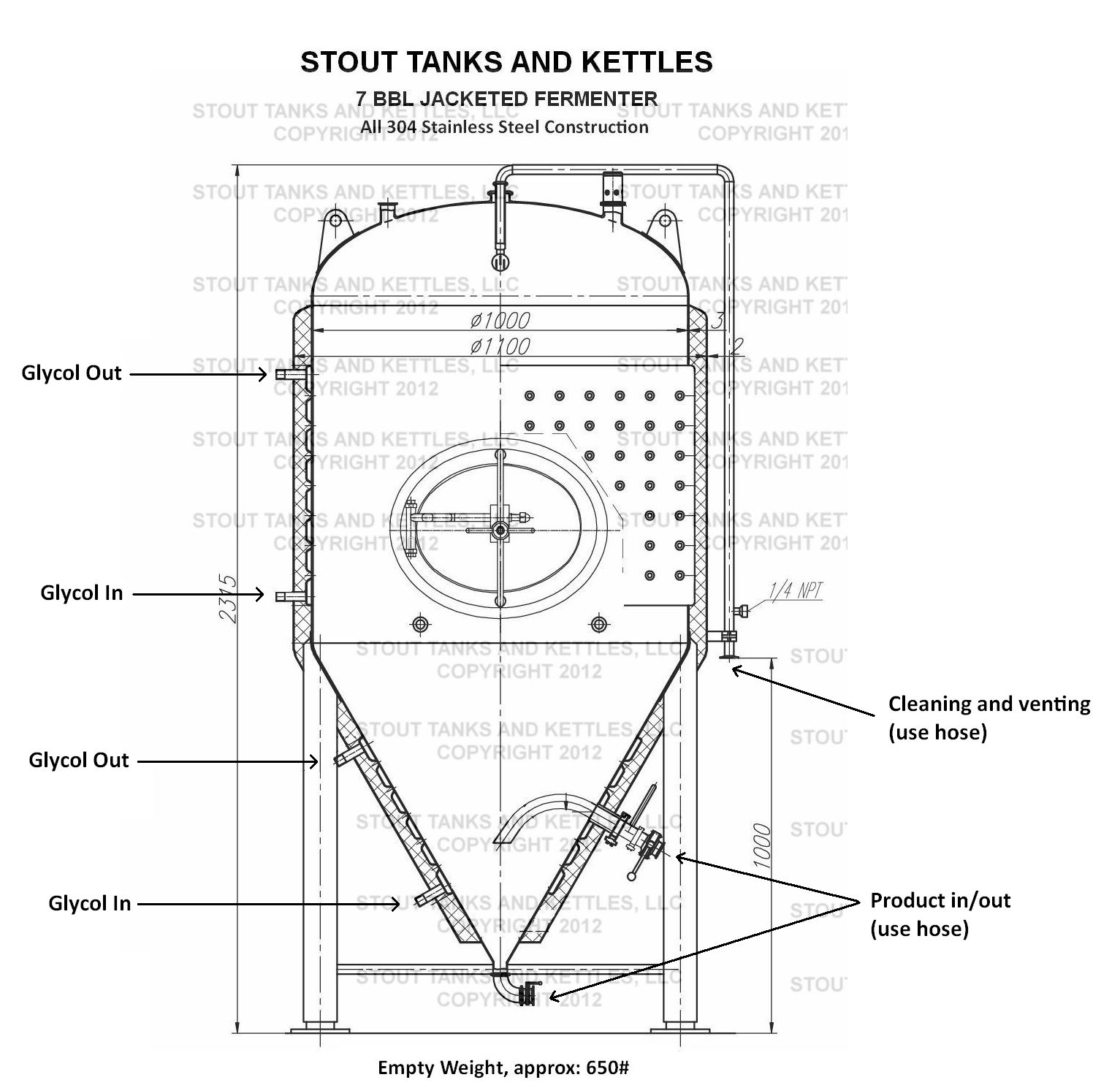 By eliminating oxygen from there fermenters, we make sure any stray bacteria that require oxygen will die before they can reproduce. (Oxygen also changes the flavor of beer by oxidizing certain enzymes and flavor components in beer). We cap the head space in the fermenter with a shallow domed top. As the yeast ferment the sugars in the beer, the carbon dioxide created by fermentation bubbles to the surface. Because CO2 is heavier than oxygen, it displaces the oxygen through the vent tube at the very top of the fermenter. Finally, the tank itself is constructed to be hostile to bacteria. We use virgin 304 stainless steel, and polish it to a mirror finish, so there are no scratches or imperfections where bacteria can hide. We make every weld sanitary, smooth and polished to eliminate bacteria. The tanks are designed to drain smoothly and evenly, so a Clean In Place program of caustic rinses followed by acidic sanitizing rinses will kill any bacteria on any surface.
By eliminating oxygen from there fermenters, we make sure any stray bacteria that require oxygen will die before they can reproduce. (Oxygen also changes the flavor of beer by oxidizing certain enzymes and flavor components in beer). We cap the head space in the fermenter with a shallow domed top. As the yeast ferment the sugars in the beer, the carbon dioxide created by fermentation bubbles to the surface. Because CO2 is heavier than oxygen, it displaces the oxygen through the vent tube at the very top of the fermenter. Finally, the tank itself is constructed to be hostile to bacteria. We use virgin 304 stainless steel, and polish it to a mirror finish, so there are no scratches or imperfections where bacteria can hide. We make every weld sanitary, smooth and polished to eliminate bacteria. The tanks are designed to drain smoothly and evenly, so a Clean In Place program of caustic rinses followed by acidic sanitizing rinses will kill any bacteria on any surface.
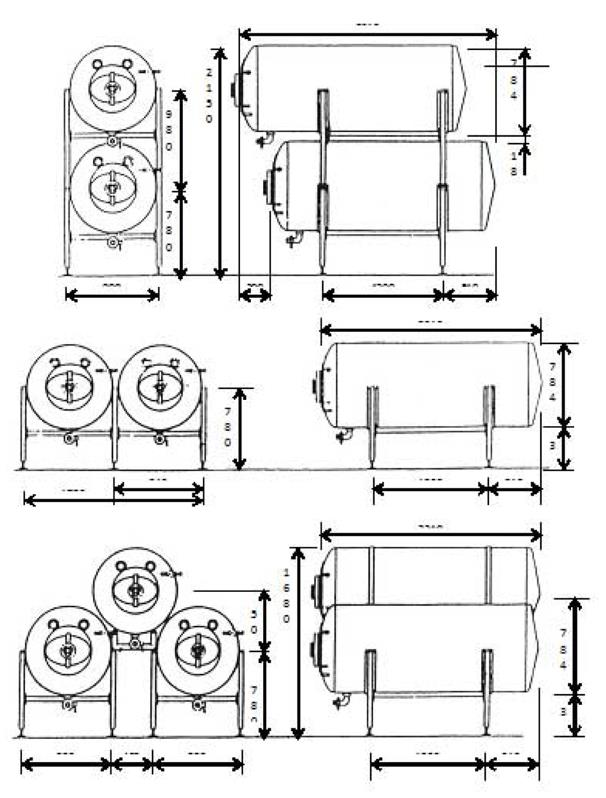 It’s clear that beer fermenters are not the best environment for a symbiosis between yeast and bacteria. They are very yeast friendly and bacteria unfriendly. Yet most Kombucha brewers we surveyed used some beer fermenter or modified cylindrical beer fermenter for their Kombucha.
It’s clear that beer fermenters are not the best environment for a symbiosis between yeast and bacteria. They are very yeast friendly and bacteria unfriendly. Yet most Kombucha brewers we surveyed used some beer fermenter or modified cylindrical beer fermenter for their Kombucha.
Next we looked at a very specific kind of tank that is designed for one of these two species of yeast. A lagering tank is designed specifically for the bottom fermenting lager yeast. It takes the traditional vertical orientation of a conical fermenter and turns it on its side. This shape provides more bottom volume for the Carlsbergensis yeasts to thrive.
But the lager tank maintains many of the antibacterial properties of its vertical cylindrical cousins: mirror polished stainless steel, sanitary welds, oxygen free environment.
We also looked at wine fermentation. Stout Tank also sells a complete line of red and white wine fermentation tanks. Wine is primarily fermented by the same yeasts that ales are: Saccharmyces cerevisiae. As you would expect, wine tanks create a similar environment to beer tanks. Our variable 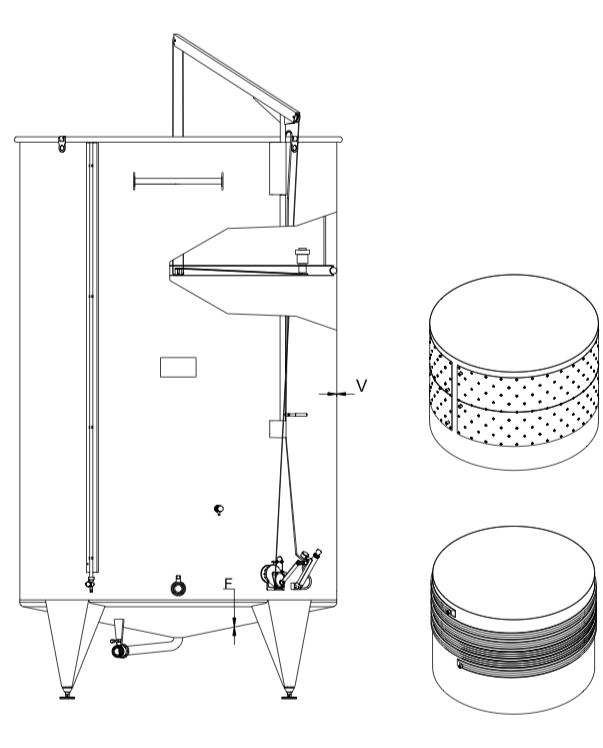 capacity, or “floating lid” wine tanks are a vertical cylinders, made from virgin stainless steel. They have a similar width to volume ratio to allow of efficient glycol cooling. Controlling oxygen is even more important with wine because of the oxygen sensitive compounds in wine. The lids float directly on the surface of the wine eliminating entirely any airspace above the wine. Wine is more acidic than beer, so the polish on a wine tank is less crucial than on a beer tank, so the finish on a wine tank is a bright annealed finish. The steel is thinner because it does not need to be polished so extensively. But wine fermenters, like beer fermenters, are designed to be heaven for yeast, and hell for bacteria.
capacity, or “floating lid” wine tanks are a vertical cylinders, made from virgin stainless steel. They have a similar width to volume ratio to allow of efficient glycol cooling. Controlling oxygen is even more important with wine because of the oxygen sensitive compounds in wine. The lids float directly on the surface of the wine eliminating entirely any airspace above the wine. Wine is more acidic than beer, so the polish on a wine tank is less crucial than on a beer tank, so the finish on a wine tank is a bright annealed finish. The steel is thinner because it does not need to be polished so extensively. But wine fermenters, like beer fermenters, are designed to be heaven for yeast, and hell for bacteria.
 When Toby Tull and David Aycock started Bare Bucha in Waco Texas, they were unapologetically pro-probiotic. They loved the health benefits that kombucha offered, full of healthy bacteria and organic acids. But they were also committed to following the rules, and creating a product that proudly complied with all rules. They wanted to use nature itself, and the symbiotic power of the community of microbes in Kombucha. They did not want to dilute their kombucha with water before bottling to meet the 0.5% ABV requirement. That does not comply with the law. They did not want to rely on million dollar machine to remove the alcohol with an industrial distillation process. The very brand of Bare Bucha indicates a simple, pure, unadulterated beverage. Industrial processes go against their very brand. Industrial distilling is not consistent with the small-business, craft ethos of Kombucha in their minds. The also did not want to pasteurize their Kombucha at any point in the process in order to kill the yeast before they could create more alcohol. Killing the yeast with pasteurization removes the very biotics that make Kombucha pro-biotic.
When Toby Tull and David Aycock started Bare Bucha in Waco Texas, they were unapologetically pro-probiotic. They loved the health benefits that kombucha offered, full of healthy bacteria and organic acids. But they were also committed to following the rules, and creating a product that proudly complied with all rules. They wanted to use nature itself, and the symbiotic power of the community of microbes in Kombucha. They did not want to dilute their kombucha with water before bottling to meet the 0.5% ABV requirement. That does not comply with the law. They did not want to rely on million dollar machine to remove the alcohol with an industrial distillation process. The very brand of Bare Bucha indicates a simple, pure, unadulterated beverage. Industrial processes go against their very brand. Industrial distilling is not consistent with the small-business, craft ethos of Kombucha in their minds. The also did not want to pasteurize their Kombucha at any point in the process in order to kill the yeast before they could create more alcohol. Killing the yeast with pasteurization removes the very biotics that make Kombucha pro-biotic.
Conventional wisdom dictated that out of the three components of 1.) ABV, 2.) Taste, and 3.) Pro-biotic quality, Kombucha brewers could choose any two. David and Toby were not satisfied with the conventional wisdom. They were committed to finding a natural way to harness the power of symbiosis to create a pro-biotic, low-alcohol, and great tasting Kombucha. In the course of their quest, they learned that SHAPE MATTERS.
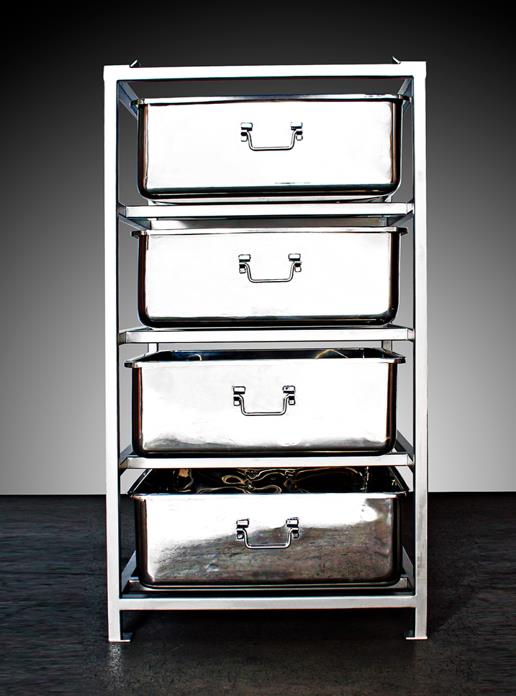 Together with Stout Tanks and Kettles, we developed a new shape of fermentation vessel especially for Kombucha. We changed the shape to not only to allow bacteria work in symbiosis with yeast in the Scoby, but to allow the symbiosis to actually favor the bacteria. The bacteria primarily responsible for consuming the alcohol are Komagataeibacter species, which require oxygen to metabolize alcohol. So we created an open top fermenter to allow access to oxygen. The Komagataeibacter bacteria ferment best on the surface, so we created a shallow pan that allowed lots of surface area for the bacteria to thrive. The bacteria perform best in temperatures above 80 degrees Fahrenheit, so we created a single walled pan that allows the Kombucha to absorb heat from the surrounding air. Brewers can control the heat by increasing the ambient temperature of the room.
Together with Stout Tanks and Kettles, we developed a new shape of fermentation vessel especially for Kombucha. We changed the shape to not only to allow bacteria work in symbiosis with yeast in the Scoby, but to allow the symbiosis to actually favor the bacteria. The bacteria primarily responsible for consuming the alcohol are Komagataeibacter species, which require oxygen to metabolize alcohol. So we created an open top fermenter to allow access to oxygen. The Komagataeibacter bacteria ferment best on the surface, so we created a shallow pan that allowed lots of surface area for the bacteria to thrive. The bacteria perform best in temperatures above 80 degrees Fahrenheit, so we created a single walled pan that allows the Kombucha to absorb heat from the surrounding air. Brewers can control the heat by increasing the ambient temperature of the room.
Stout Tanks and Kettles and Bare Bucha collaborated on this innovative new design, and Toby and David thoroughly tested the fermenter with over 800 tests. They used the Rida-cube alcohol and sugar tester provided by r-biopharm to scrupulously test the ABV, sugar, and acetic acid content of their Kombucha throughout the fermentation. 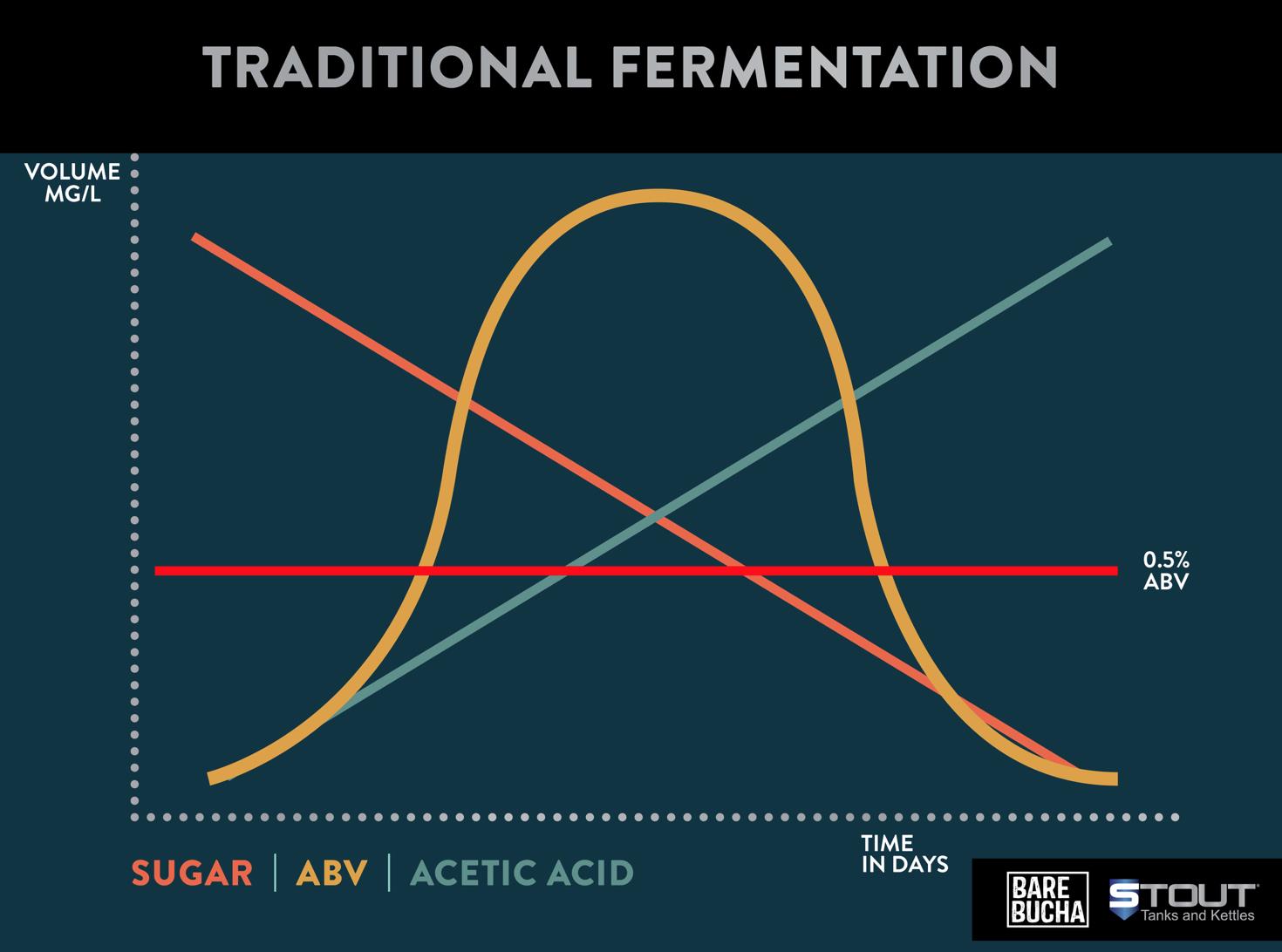
In the course of their tests, Bare Bucha found that fermentation in traditional cylindrical shaped fermenters favors the alcohol producing yeasts. Kombucha yeast is primarily Brettanomyces species, which are not present in beer, and are usually associated with off-flavors of wine. These yeasts start consuming sugars and creating alcohol long before the bacteria can get going. The shape of the traditional fermenter means that the bacteria are always behind the curve. In this summary of hundreds of fermentation tests in traditional fermenters you can see that the yeast start fermenting early reducing sugars, and creating alcohol. The bacteria take much longer to start consuming alcohol and creating acetic acid.
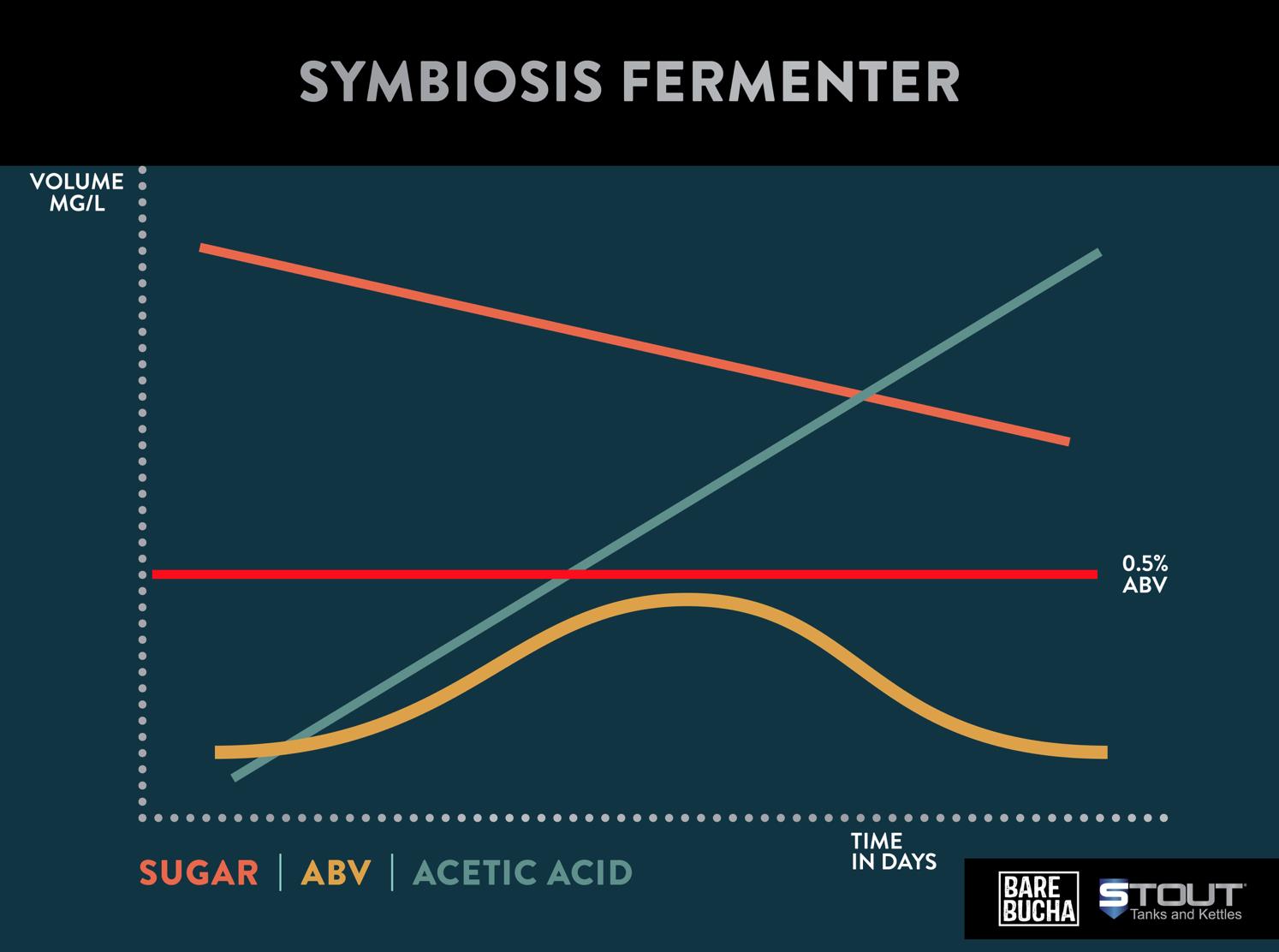 When testing the Symbiosis™ Fermenter, we found the bacteria were able to get ahead of the curve, and start consuming alcohol before it exceeded the legal limit, and creating more acetic acid sooner. The result was that Bare Bucha was able to reach their desired flavor profiles more quickly, with the same levels of organic acids as produced in a traditional fermenter, but never exceed the legal limit for alcohol. Bare Bucha was able to achieve its desired flavor profile after only 14 days of fermentation in a Symbiosis Fermenter. In a traditional fermenter, it takes over 40 days to get the alcohol levels and organic acid levels to the proper result. This allows Bare Bucha to use less sugar and less time to achieve the same flavor and pro-biotic result.
When testing the Symbiosis™ Fermenter, we found the bacteria were able to get ahead of the curve, and start consuming alcohol before it exceeded the legal limit, and creating more acetic acid sooner. The result was that Bare Bucha was able to reach their desired flavor profiles more quickly, with the same levels of organic acids as produced in a traditional fermenter, but never exceed the legal limit for alcohol. Bare Bucha was able to achieve its desired flavor profile after only 14 days of fermentation in a Symbiosis Fermenter. In a traditional fermenter, it takes over 40 days to get the alcohol levels and organic acid levels to the proper result. This allows Bare Bucha to use less sugar and less time to achieve the same flavor and pro-biotic result.
This is a significant step forward in commercial kombucha fermentation.
